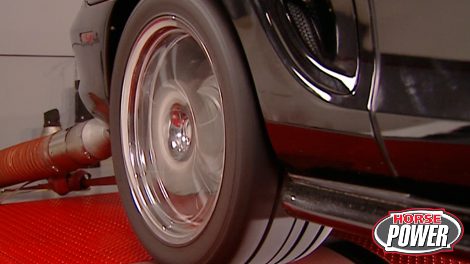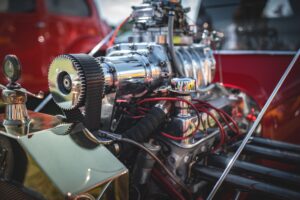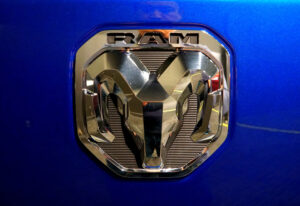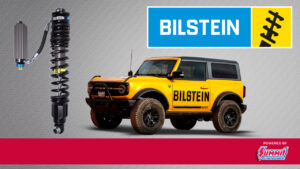
Project Nightmare
We upgrade our Mustang's performance by revamping the supercharger system using a Vortec after cooler kit, designing to optimize cooler, denser airflow for a boost in horsepower.
Season 9
Episode 2




























